
Known as the Extended Trajectory Long-Range Hypersonic Cruise Missile (ET-LDHCM), the weapon is said to have a range of 1,500 km (932 miles). ET-LDHCM is a hypersonic missile capable of reaching speeds of Mach 8, flying under radar and carrying conventional or nuclear warheads from land, sea or air.
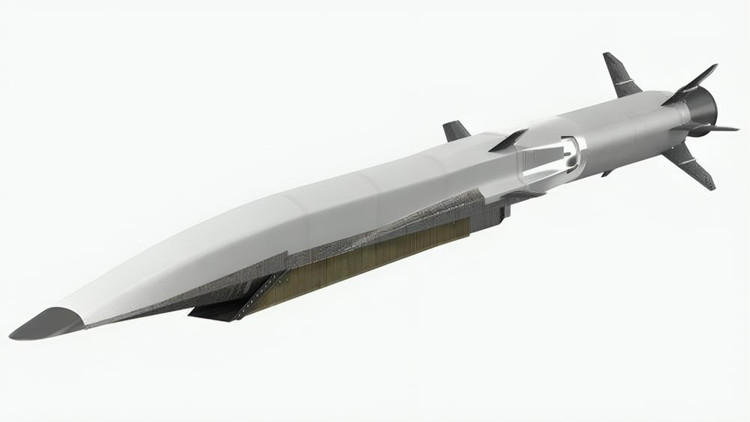
The missile is powered by a scramjet engine that uses atmospheric oxygen to maintain high-speed flight. It also has the ability to maneuver mid-flight and has thermal shielding up to 2,000 degrees Celsius (3,632 degrees Fahrenheit), allowing it to remain stable in extreme temperatures and speeds.
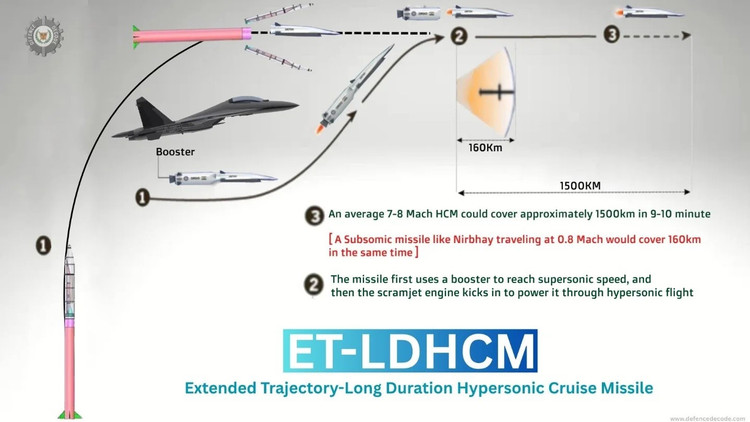
Designed to be versatile, it can be launched from land, sea or air. Developed under the Defence Research and Development Organisation's Project Vishnu, the missile marks a "major step forward" over India's current supersonic cruise missile, BrahMos.
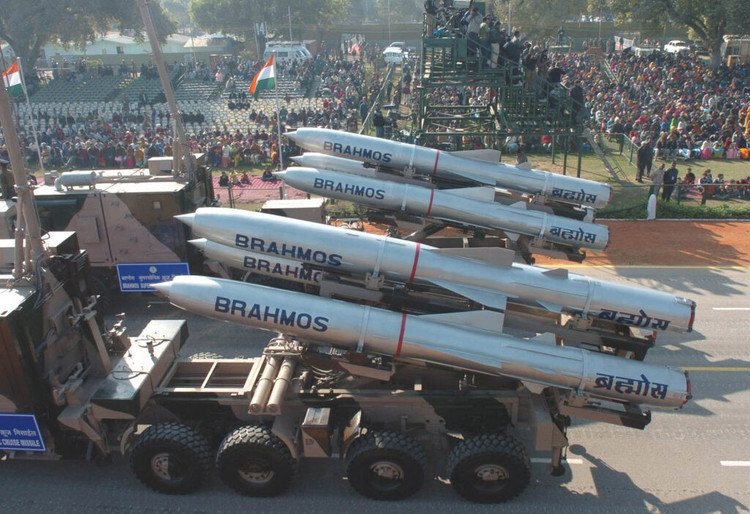
The BrahMos is limited by its shorter range and speed, at just Mach 3 and a range of 450 km (280 mi). This makes the missile less suitable for deep strike missions in highly contested environments.
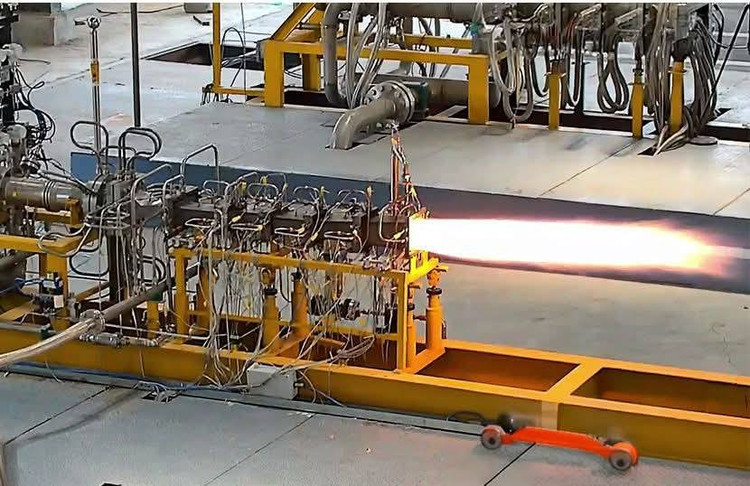
Meanwhile, the ET-LDHCM is designed to fly at low altitudes, reducing radar detection and improving its ability to penetrate protected airspace. It can also carry both conventional and nuclear warheads and can withstand a payload of up to 2,000 kilograms (4,409 pounds).
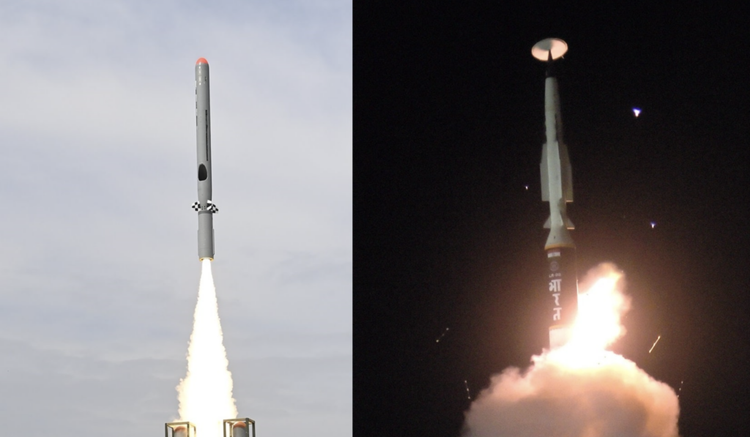
India's latest test is part of an effort to modernize its missile arsenal, making the missile systems faster, harder to intercept and capable of striking from farther away.
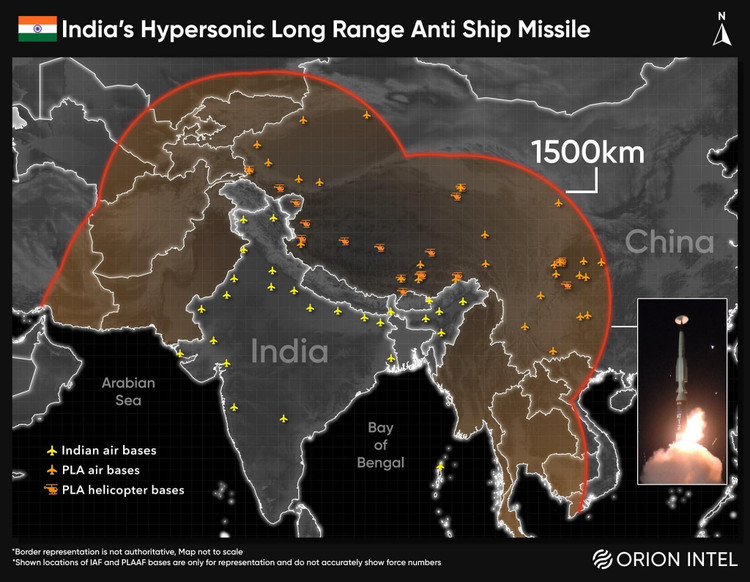
The move comes amid rising regional tensions, as Pakistan strengthens ties with Turkey and China expands its military presence across the Indo- Pacific .
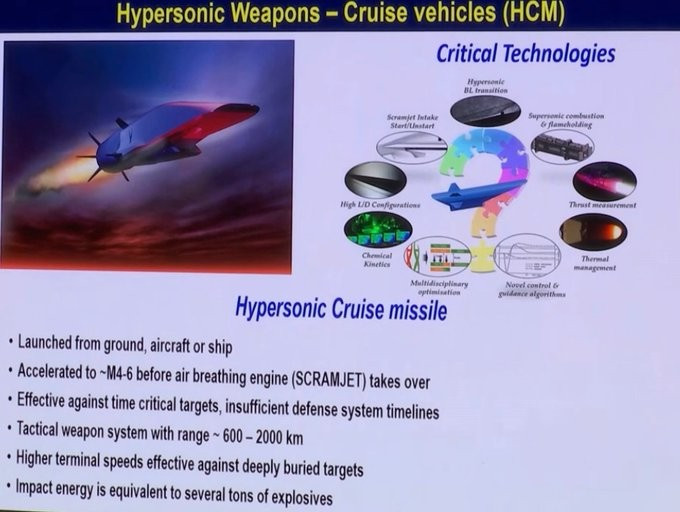
Joining the hypersonic club would put India on par with the United States, China and Russia, which already operate these high-speed, precision strike weapons.
Source: https://khoahocdoisong.vn/an-do-gia-nhap-cau-lac-bo-ten-lua-hanh-trinh-sieu-thanh-post1555394.html




















































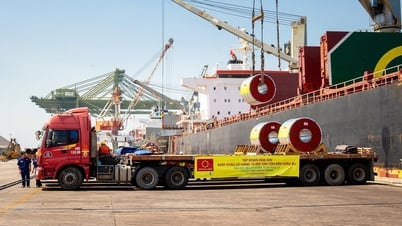



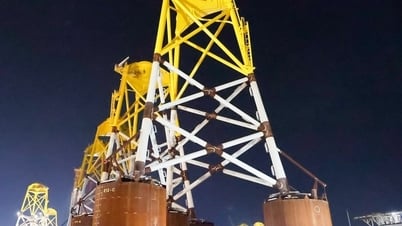














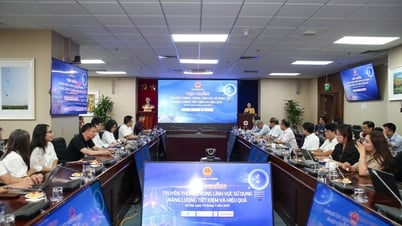




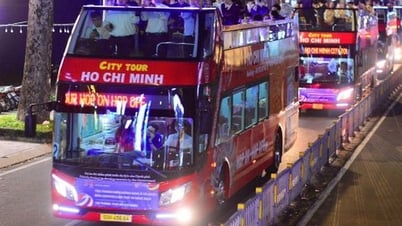









![[Infographic] In 2025, 47 products will achieve national OCOP](https://vphoto.vietnam.vn/thumb/402x226/vietnam/resource/IMAGE/2025/7/16/5d672398b0744db3ab920e05db8e5b7d)














Comment (0)